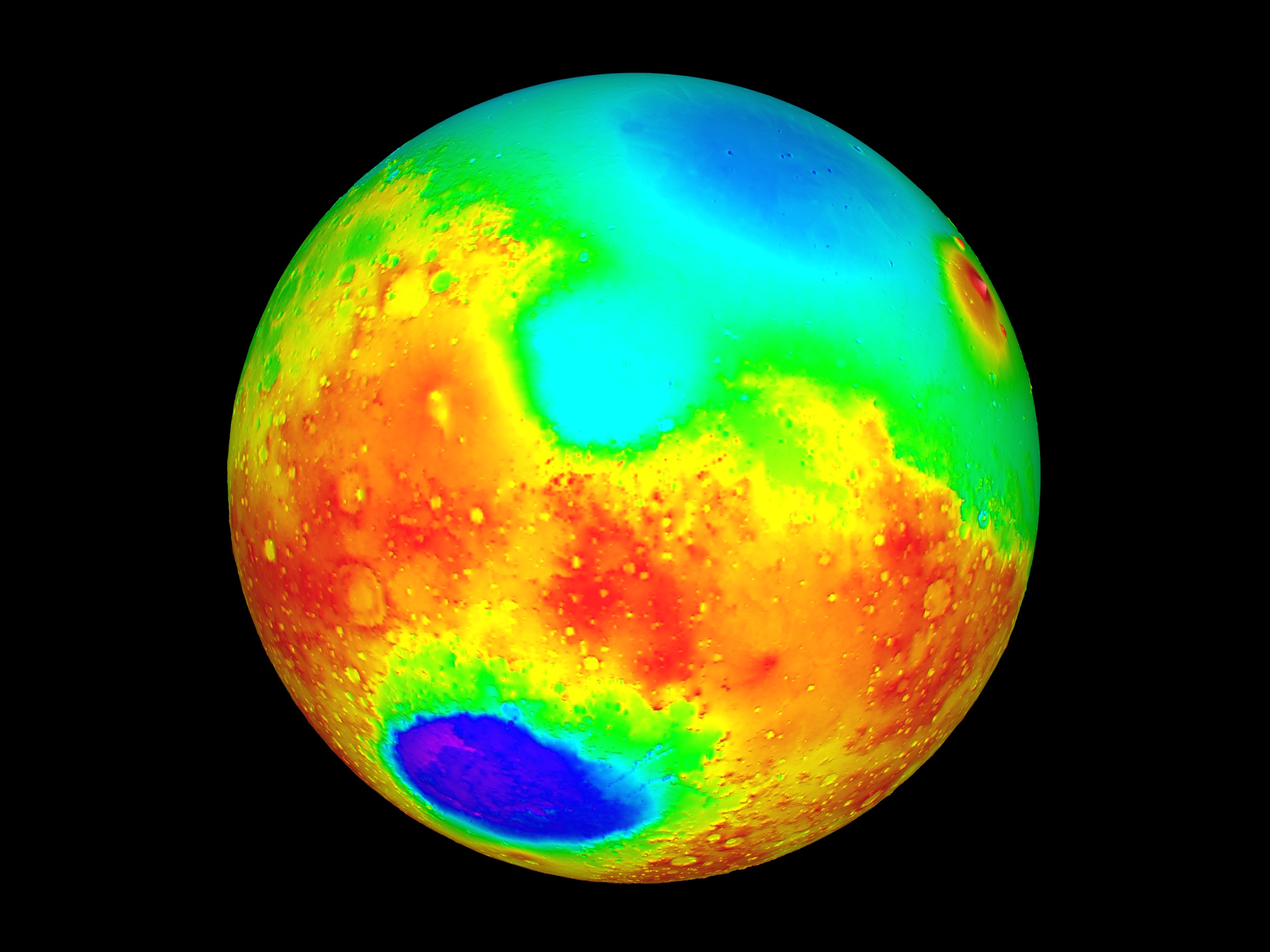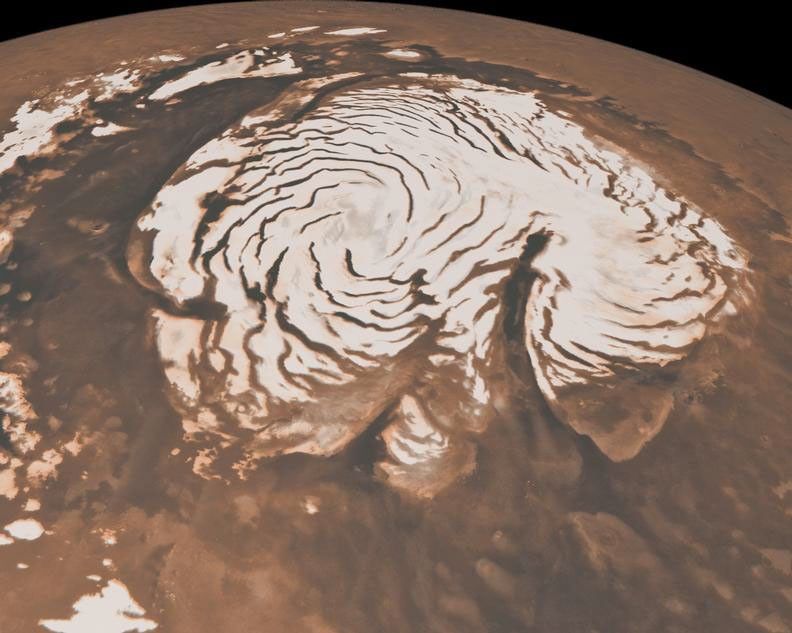
Is Mars Really Red? A Physicist Explains the Truth
Mars has captured human imagination for millennia. Its rusty hue in the night sky earned it the nickname “the Red Planet,” and civilizations from the Babylonians to modern stargazers have marveled at its color. But is Mars truly red? In this in‑depth, SEO‑friendly article, we’ll explore why Mars appears red, the science behind its true colors, and what different types of light—visible, infrared and ultraviolet—reveal about our dusty neighbor. With a straightforward style and practical explanations, you’ll understand the physics and planetary science that shape Mars’s appearance.
1. The Origin of the “Red Planet” Name
Mars’s association with the color red goes back to ancient times. Many early cultures noted its distinct, reddish tint when visible in the pre‑telescope sky:
-
Babylonians: Called it “Nergal,” the god of war and destruction.
-
Greeks and Romans: Linked it to Ares and Mars, gods of war, because the planet’s blood‑like color evoked battle and violence.
-
Modern languages: Romance languages still use names deriving from Latin Mars, for example, Martes in Spanish and Mardi in French.
This cultural legacy cemented Mars as the quintessential “red” planet. Yet, a closer look shows its true palette is more nuanced.
2. Iron Oxide: The Rusty Dust That Colors Mars
The primary reason for Mars’s reddish appearance is iron oxide—commonly known as rust—mixed into the planet’s surface dust and rocks.
-
Chemical reaction: Iron in Martian minerals oxidizes (reacts with trace oxygen), forming iron(III) oxide (Fe₂O₃).
-
Global dust: Windstorms lift fine, rust‑colored dust into the atmosphere, scattering red wavelengths of sunlight.
-
Surface rocks: Many outcrops, like the cliffs near Gale Crater, show deep orange‑brown coatings of iron oxide.
2.1 How Rust Forms on Mars
On Earth, rust requires liquid water and oxygen. On Mars:
-
Ancient water: Billions of years ago, Mars had flowing water and a thicker atmosphere.
-
Atmospheric loss: As the atmosphere thinned, surface water vanished, leaving behind oxidized minerals.
-
Ongoing oxidation: Limited trace oxygen and perchlorates still enable slow rusting.
This long history created the widespread, reddish dust that gives Mars its iconic color from afar.
3. Seeing Mars Up Close: Brown, Tan and Other Hues
Rovers and landers on Mars reveal a more subdued palette than bright fire‑engine red.
-
Curiosity rover: Captured the rocky cliffs near Siccar Point with rusty brown and tan tones .
-
Viking lander (1976): First surface images showed orange dust coating grayish soil.
-
Perseverance (2021): Revealed varying shades of brown, gray, and even greenish rocks from ancient lake beds.
Most of Mars’s surface is a mix of muted browns and tans, not uniform red. Variations depend on mineralogy, dust cover and lighting.
4. Beyond Visible Light: Infrared and False‑Color Views
Humans see only a narrow band of wavelengths (about 400–700 nm). Mars also emits and reflects light outside this range:
4.1 Infrared Imaging
Infrared cameras detect heat rather than color:
-
Infrared reflectance: Indicates rock composition and surface temperatures.
-
Night‑vision style: Reveals thermal inertia—how quickly the surface heats or cools.
-
False‑color maps: Scientists assign visible colors to different infrared bands to highlight features (for example, blues for cooler dust and reds for warmer rock).
4.2 Ultraviolet Imaging
Ultraviolet (UV) light has even higher energy than visible blue light:
-
UV reflectance: Shows atmospheric composition and surface ice.
-
MAVEN spacecraft: Uses UV to study Martian upper atmosphere and auroras.
UV images help researchers trace ozone, dust storms and atmospheric escape.
5. The Polar Ice Caps: White, Frozen Water and Dry Ice
While iron oxide dominates much of Mars, the poles present a stark contrast:
-
White caps: Composed of water ice and seasonal layers of frozen carbon dioxide (dry ice).
-
Seasonal change: During winter, dry ice forms up to a meter thick; it sublimates in summer, revealing water ice below.
-
Polar topography: Radar and laser altimeter data display spiral troughs and layered deposits, offering a glimpse into Mars’s climate history.
5.1 Why Poles Aren’t Red
Dust and iron oxide are blown away or covered by seasonal frost, so the poles appear white or bright, not red. The stark white caps contrast dramatically with the rust‑colored mid‑latitudes.
6. How Light Scattering Affects Mars’s Color
The way light interacts with particles in the atmosphere and on the surface also shapes the perceived color:
-
Rayleigh scattering: Dominant for small particles, scattering blue light more strongly. On Earth, this makes our sky blue.
-
Mie scattering: Occurs with larger dust grains, scattering all visible wavelengths more equally—and giving Mars its muted, dusty glow.
-
Atmospheric dust storms: Envelop Mars in orange haze, reducing contrast and deepening the red appearance from orbit.
Thus, both surface composition and atmospheric particles work together to tint Mars.
7. Observing Mars from Earth and Space
7.1 With the Naked Eye
From Earth, Mars is a bright reddish “star.” Its color intensity varies with dust storms, distance from Earth, and the Sun‑Mars‑Earth angle.
7.2 Through Telescopes
Amateur and professional astronomers using telescopes often see:
-
Polar caps: Bright white spots near the poles.
-
Dark albedo features: Brownish markings rich in basaltic rock.
-
Dust storms: Blot out surface details and redden the view.
7.3 Orbital Probes
Orbiters like MRO and MAVEN provide multi‑wavelength maps, combining visible, infrared and ultraviolet data to study geology, weather and climate.
8. Why Mars’s Color Matters for Science and Exploration
Understanding Mars’s colors isn’t just aesthetic; it informs key research:
-
Mineralogy: Color indicates the presence of specific minerals like hematite (an iron oxide).
-
Past water: Some mineral hues point to ancient lake beds and wet environments.
-
Climate history: Layered polar ice and dust deposits document changing seasons and obliquity.
-
Landing safety: Rovers use color and thermal maps to choose safe, scientifically valuable sites.
Mars’s palette is a record of its geologic and atmospheric evolution.
9. Future Missions and Color Science
Upcoming missions will deepen our understanding:
-
ExoMars Rosalind Franklin: Will carry instruments to analyze subsurface mineralogy.
-
Mars Sample Return: Aims to bring Martian rocks back to Earth labs for precise color and composition studies.
-
Human missions: Astronauts will rely on accurate color vision to assess rocks and soils on the ground.
Advances in imaging technology promise ever more vivid and informative views of Mars.
10. Conclusion: More Than Just Red
Mars may wear the “Red Planet” title proudly, but its true visage is a tapestry of browns, tans, whites and hidden hues in the infrared and ultraviolet. From rusty iron oxides dusting its surface to gleaming white polar caps, Mars’s colors tell the story of ancient water, shifting climates and ongoing geological processes. As scientists continue to probe Mars across the spectrum, our understanding of this captivating world—and its ever‑changing palette—will only grow.
Open Your Mind !!!
Source: LiveScience